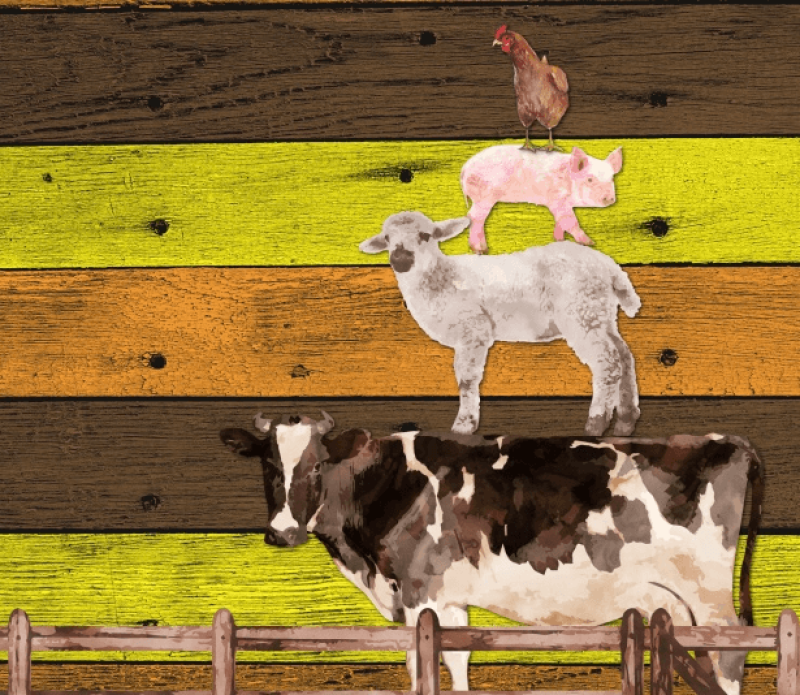Given my interests as a veterinarian, indeed the only vet in the House of Lords, my contribution to the Second Reading debate of the Genetic Technology (Precision Breeding) Bill focused on its potential implications for animals, particularly in terms of disease resistance, the environment and animal welfare.
These are overlapping issues for which, in my opinion, there is huge potential for positive effects with the adoption of new breeding technologies such as gene editing.
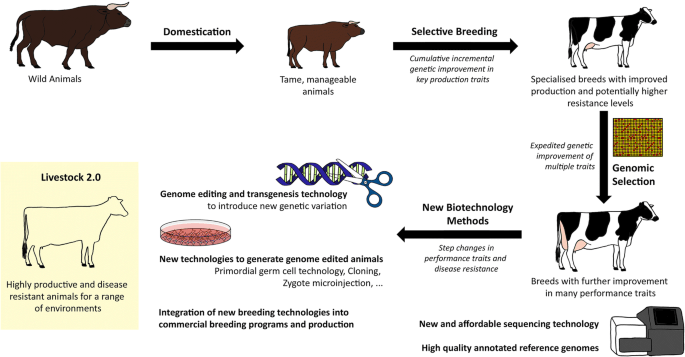
I share passionately the concerns raised during the debate by a number of Peers about the need to safeguard animal welfare and to prevent animal abuse and suffering. Importantly, however, these concerns are not unique to this Bill. Legislation already exists to cover laboratory, breeding and on-farm welfare issues, which would apply to precision-bred animals, as I will discuss later.
In seeking to duplicate or add to existing welfare provisions solely in relation to the use of new breeding technologies, there is a serious risk that genetic research and innovation with potentially game-changing implications for disease control and improved animal welfare – in which the UK is recognised as a world-leader – could be discouraged or driven elsewhere.
Notable recent advances in molecular biology have enabled the increased speed and lower cost of whole-genome sequencing, as well as the precise manipulation of the genome by techniques such as gene editing.
Although it has long been known that there is variation within and between animal species in susceptibility to infectious pathogens, this has, by and large, not been exploited and emphasised in the conventional breeding of animals.
Until relatively recently, conventional selective breeding has tended to concentrate on other productivity traits, although I was encouraged to read in a recent article by eminent livestock scientist Professor Geoff Simm that improved scientific understanding increasingly allows the design of “more sustainable breeding programmes that better balance the emphasis on productivity and animal health and welfare, that address environmental impacts, and promote sustainable use of farm animal genetic resources.”
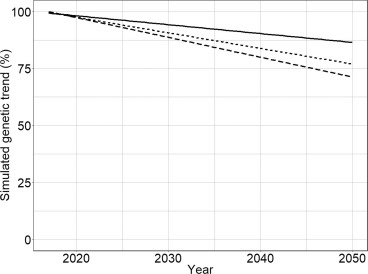
With whole-genome sequencing, gene editing and using the range of genetic resources represented by a variety of breeds of livestock—rare breeds are a particularly valuable resource here—there is now a real opportunity to select for disease resistance and other positive health-related traits relatively rapidly and very precisely.
For example, using gene-editing technology, pigs have been bred with resistance to porcine reproductive and respiratory syndrome (PRRS), a viral infectious disease of global importance that causes extremely high morbidity and mortality. In Europe alone, it is estimated to cost more than £1.3 billion per year.

With regard to avian flu, which is currently causing huge mortality in both wild birds and domestic poultry throughout Europe, it has been possible to gene-edit chicken cells in culture to make them resistant to the avian flu virus. This gives hope that poultry with genetic resistance to this devastating pathogen could be developed.
With regard to environmental issues, by reducing disease morbidity and mortality, new breeding technologies have the potential not only to improve food security but to maintain output with fewer animals and reduced land use, while at the same time cutting drug and chemical usage—notably that of antibiotics and parasiticides—to help combat the global problems of antimicrobial resistance and environmental pollution.
A further major environmental benefit is the reduction of greenhouse gas emissions from both reducing morbidity and mortality – a major cause of emissions that do not lead to any productive benefit—and directly breeding animals, particularly cattle, with reduced methane emissions. We know that that is a heritable trait in cows. So, I would argue that, in total, there are some substantial potential environmental gains.
In relation to welfare—remembering that disease is a major welfare issue—reducing disease offers huge potential gains for animal welfare. In addition, welfare could potentially be improved by reducing the need for certain potentially painful management procedures, such as disbudding calves so that they do not grow horns by breeding polled cattle. Sex determination could avoid the large-scale culling of, for example, male chicks from layer flocks of chickens.
Concerns about animal welfare are sincerely held but I am yet to be convinced that they are well-founded when raised specifically in relation to precision breeding, which experts in the subject maintain mimic natural mutational processes and conventional breeding. As with the introduction of any new technology, it is important to weigh the benefit-cost ratio. In my opinion, in this case, it is very positively in favour of the technology—provided, of course, that there are appropriate regulations and safeguards.
To be proportionate, those safeguards must take account of existing regulations.
This Bill does not change existing legislation safeguarding, for example, animals in research and development. They are protected by the Animal (Scientific Procedures) Act 1986, world-class legislation which protects animals during the research and development of drugs and vaccines for humans and for animals.
Also, the Bill does not change the Animal Welfare Act 2006 and subsequent regulations, which protects animals in many other ways. In relation to breeding, for example, The Welfare of Farmed Animals (England) Regulations 2007 state:
“Natural or artificial breeding or breeding procedures which cause, or are likely to cause, suffering or injury to any of the animals concerned, must not be practised … Animals may only be kept for farming purposes if it can reasonably be expected, on the basis of their genotype or phenotype, that they can be kept without any detrimental effect on their health or welfare.”
I would submit that these regulations, properly enforced, provide appropriate and proportionate safeguards.
Moreover, it is generally agreed that, where possible, welfare assessments should look at the outcomes of any given management or breeding procedure and should not, without evidence, presume certain systems are good or bad for welfare a priori.
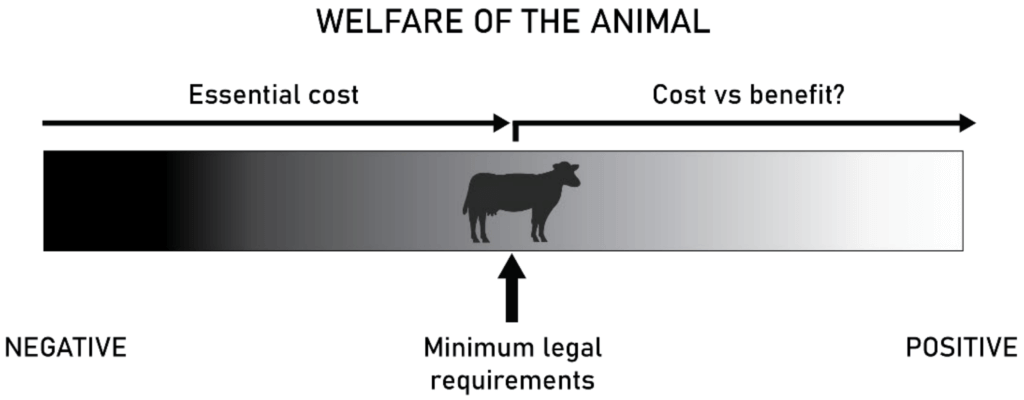
Alongside notable scientific, veterinary and farming leaders, I was pleased to sign a recent joint statement on animal welfare issues co-ordinated by the All-Party Parliamentary Group on Science and Technology in Agriculture, which made this very point.
The statement strongly supports the inclusion of animals in the Bill, and includes the following observation:
“It is wrong to associate gene editing with any particular farming system or philosophy, just as it is wrong to associate scientific innovation and technological advance with poorer animal health or welfare. These technologies have as much to offer organic or extensive free-range producers, for example, who routinely use the most advanced livestock genetics in their farming systems today, precisely because they offer a better balance of production, sustainability, health and welfare factors.”
This is an important point. The use of advanced genetics and technologies such as artificial insemination and sexed semen are permitted and widely used under organic regulations, despite their perceived ‘unnaturalness’.
It puts me in mind of a joint meeting, some years ago, between the APPG for Animal Welfare, which I am pleased to co-chair, and the APPG for Science and Technology in Agriculture, of which I am a vice-chair.
The focus of the meeting was on large-scale livestock systems, and the guest speaker was a US dairy farmer, Kenn Buelow, who described the operation of his 8,000 cow indoor dairy unit in Wisconsin and its benefits not only for productivity and efficiency, but also for high standards of animal health, welfare and environmental performance.
The meeting concluded that farm animal welfare should be assessed in terms of outputs and outcomes, rather than size or type of production system. Those involved in animal husbandry, health and welfare have observed both excellent and appalling standards of animal welfare on farms of all types and sizes.
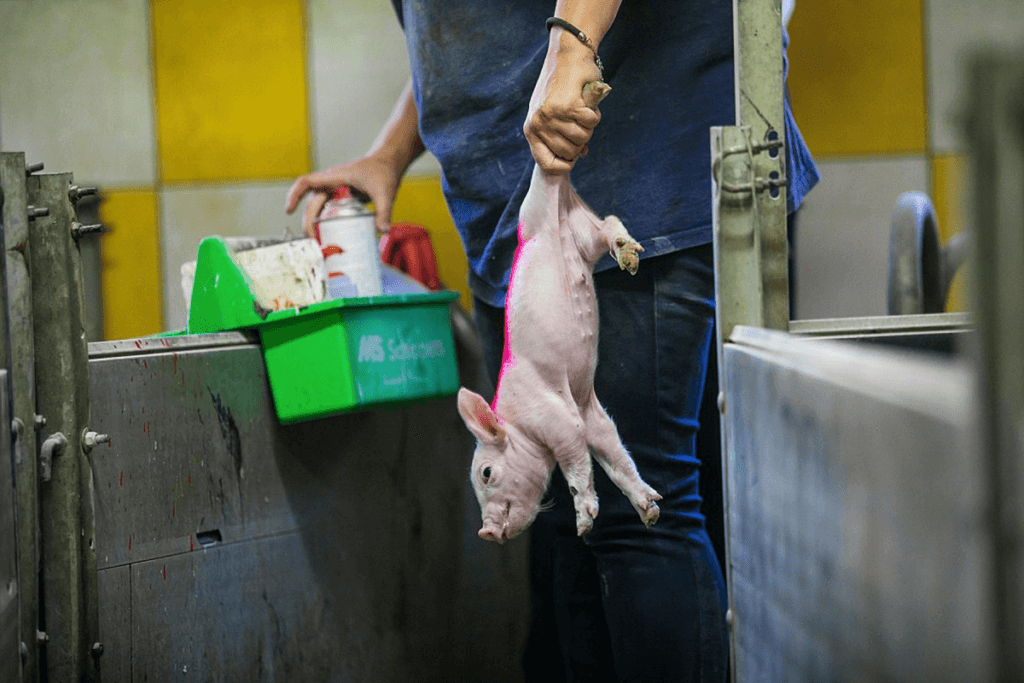
In this respect, it is important to develop and apply objective metrics to measure welfare outcomes, rather than simply assuming that traditional, outdoor-reared or free-range is best, or more ‘natural’.
Overall, I support the Precision Breeding Bill very strongly. It would allow exciting new technologies with the potential to transform our ability to control disease in animals, to improve animal welfare and to be beneficial to the environment. I would urge colleagues to consider these potential outcomes very carefully before seeking additional and, I would argue, unwarranted restrictions on their development and use.
Lord Sandy Trees is Emeritus Professor of Veterinary Parasitology, University of Liverpool and a Cross-Bench Peer since 2012. He is the only veterinarian in the House of Lords. He qualified as a vet at the Royal (Dick) School of Veterinary Studies, University of Edinburgh, and has worked in general practice, industry and academia. He was Dean of the Faculty of Veterinary Science, University of Liverpool from 2001 to 2008, and served as President of the Royal College of Veterinary Surgeons from 2009 to 2010.

